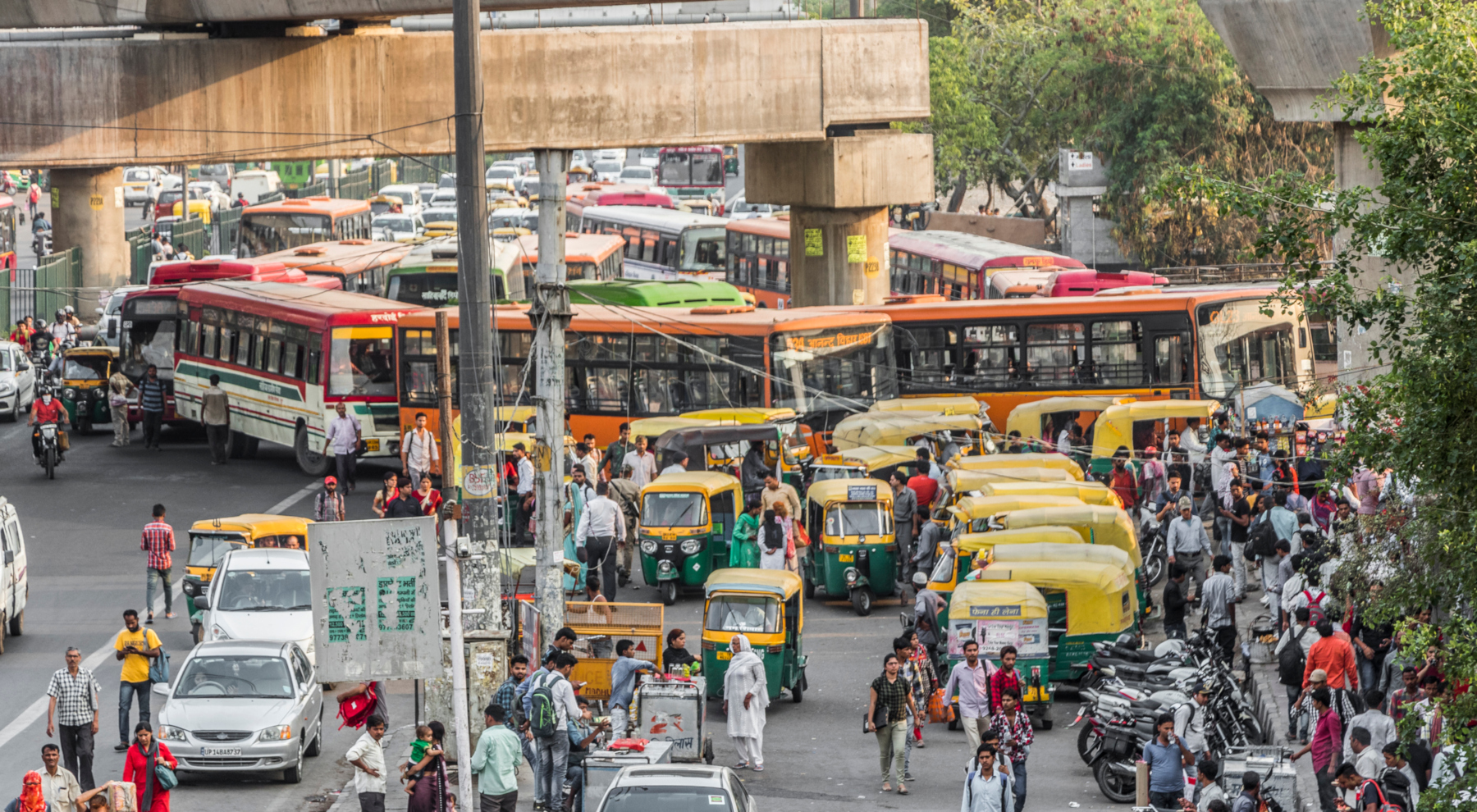India: Government counts on large infrastructure investments to boost growth amid persisting Covid-19 uncertainty

Event
India’s Finance Minister Nirmala Sitharaman announced a major infrastructure boost as she presented the national budget for fiscal year 2022-23 (starting in April). The aim is to support economic activity and reduce unemployment as both have been sharply affected by the pandemic shock.
Impact
In its new budget, PM Modi’s government puts a clear emphasis on infrastructure projects, which will require a 35% jump in public expenditures, with the hope of encouraging private investments as well. Increased public investments in highways and train network, but also in the economic development of rural areas, highlight the government willingness to support economic recovery, after the Covid-19 shock, and to alleviate the burden on rural poor people. Indeed, the pandemic has severely deteriorated socioeconomic conditions in the country, by plunging the economy into a record 7.3% contraction in FY 2020-21 and sending millions jobless and into poverty. Moreover, the next budget aims to prevent any new pronounced economic slowdown in the event of another shock and variant wave. With a waning pandemic impact – even though containment measures related to the current Omicron variant will temporarily hamper economic growth – and an expansionary budget, the robust recovery of last year (expected around 9%) is expected to continue at the same speed in FY 2022-23 according to the IMF. Although the Covid-19 pandemic remains a downside risk in the near term, rising vaccination (above 50%) and a probably higher immunity (after huge waves of contaminations) might help ease the fears of a new temporary economic shock.
To finance new capital spending and mitigate the impact on India’s wide fiscal deficit (at 11.3% of GDP in FY 2021-22), the government expects stronger fiscal revenues and foresees a battery of extra revenues, including public divestments and enhanced privatisation processes. Hence, the eventual sale of Air India to Tata Group at the end of January and the upcoming divestment of Life Insurance Corporation of India will bring the much-needed fresh revenues to the national budget. A 30% tax on cryptocurrency trading profits has also been announced. As such, the government’s accommodative budget may make sense in the still uncertain health context. However, the further deterioration of India’s poor public finances due to the Covid-19 impact has left the country with a very narrow fiscal space. Consequently, the partial debt financing of the new public spending will not only postpone fiscal consolidation but also keep India’s general government debt high for an extended period (expected at 90% of GDP at the end of FY 2021-22). Hence, India will remain exposed to the market threat of a sovereign downgrade to junk status. Indeed, it remains to be seen whether the increase in public borrowing will be offset by the infrastructure push on economic growth. In that perspective, the spike in inflation, fuelled by supply chain disruptions and high food and energy prices, could be of some help to alleviate the debt-to-GDP ratios. On the other hand, faced with rising inflation and US interest rates, the Reserve Bank of India might be constrained to raise its policy rate this year. Looking ahead, capital outflows and India’s rising current account deficit are expected to keep the Indian rupee under pressure, at record low levels. Still, all in all, the outlook for India’s business environment risk (currently in category E/F) is cautiously positive.
Analyst: Raphaël Cecchi – r.cecchi@credendo.com